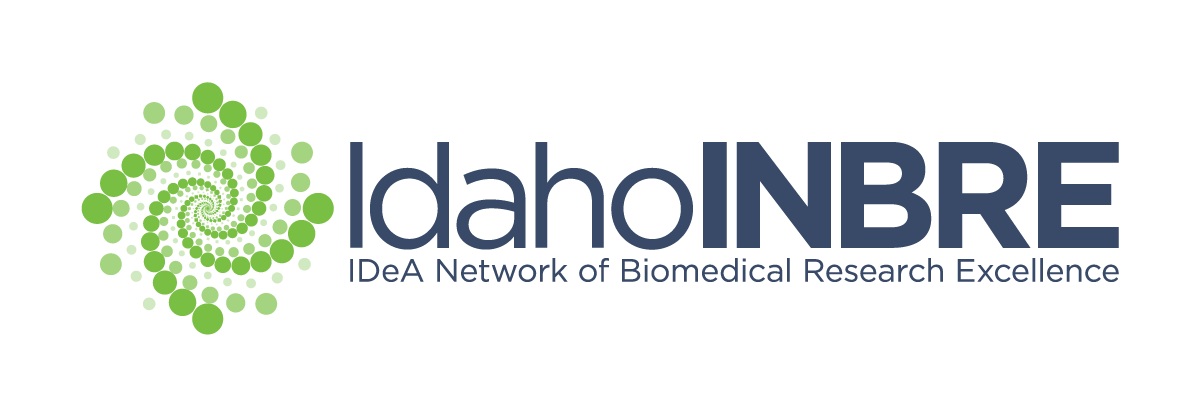
- Name: Sara Heggland, Ph.D.
- Institution: The College of Idaho
- Department: Biology
- Phone: 208-459-5063
- Email: sheggland@collegeofidaho.edu
Summary: Cadmium is a toxic metal that leaches into the environment, most notably through the improper disposal of electronics. Bone is a critical target site for cadmium and human exposure to cadmium is linked to bone diseases, including osteoporosis and osteopenia. In 2005, a CDC report listed cadmium as a toxic metal that merits monitoring. This report, combined with the escalating cost of healthcare for osteoporosis, emphasizes the importance of research to decipher the underlying mechanisms of cadmium-induced osteotoxicity. Despite its recognized importance as a toxic metal, little is known about how cadmium directly impacts bone cells, in particular the bone-forming osteoblasts. Current research in our lab examines the effect of cadmium in osteoblasts and the ability of cadmium to disrupt the nature of the extracellular matrix produced by osteoblasts. Collectively, a cadmium osteotoxicity in vitro model may help identify targets for treatment and prevention of osteoporosis, a major metabolic bone disease with an annual cost > 20 billion dollars.
Minimum Classes: Cell Biology with lab is preferred.
Projects: Students involved in this research will be exposed to a variety of molecular and cell biology techniques. Some techniques used in the research include cell culture, fluorescence microscopy, Western blot analysis, real-time qPCR, cell proliferation, and apoptotic assays. Students interested in using a mineralizing cell model will learn to detect matrix deposition using collagen, calcium, and phosphate deposition assays.
- Investigate the impact of cadmium on extracellular matrix composition and deposition in mineralizing osteoblasts.
- Characterize cadmium-collagen binding interactions
- Study the impact of cadmium exposure on the expression of key regulator genes involved in bone mineralization.



